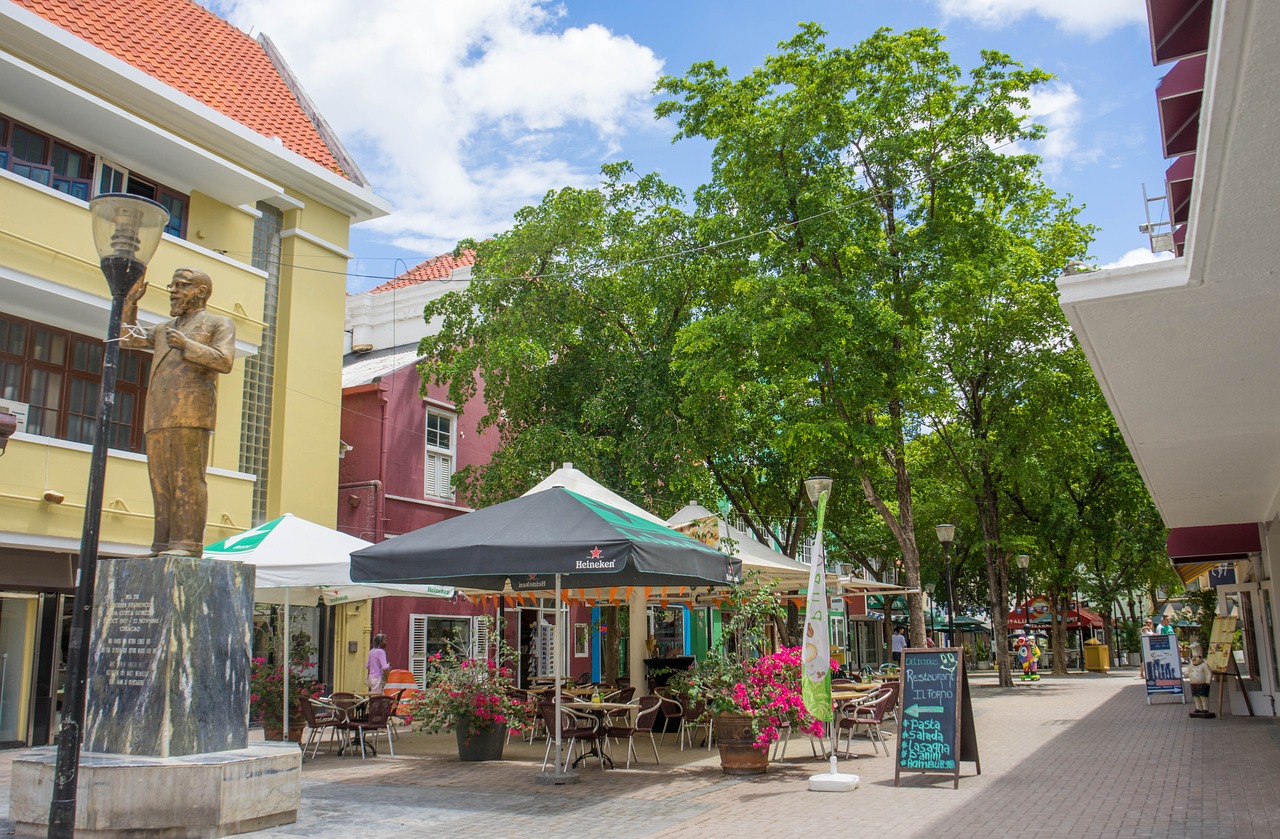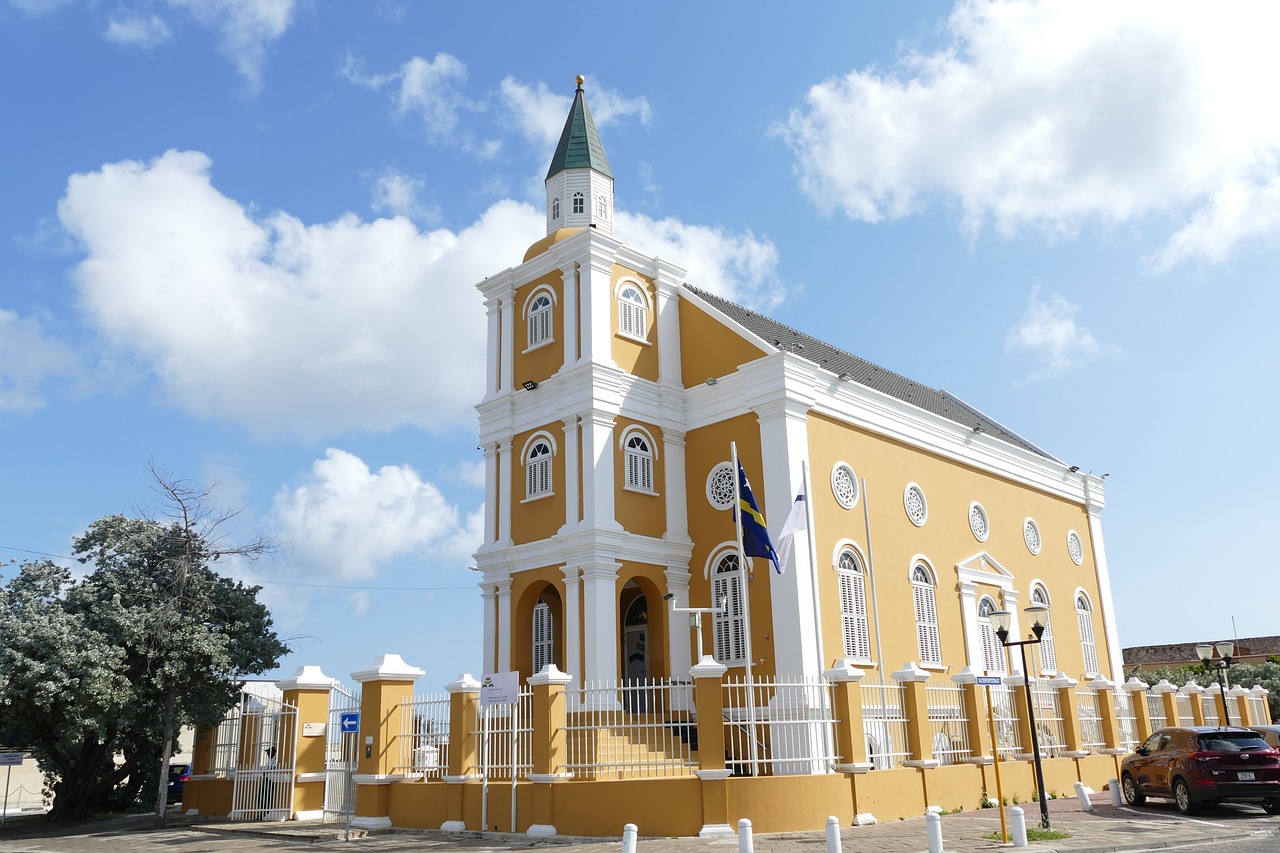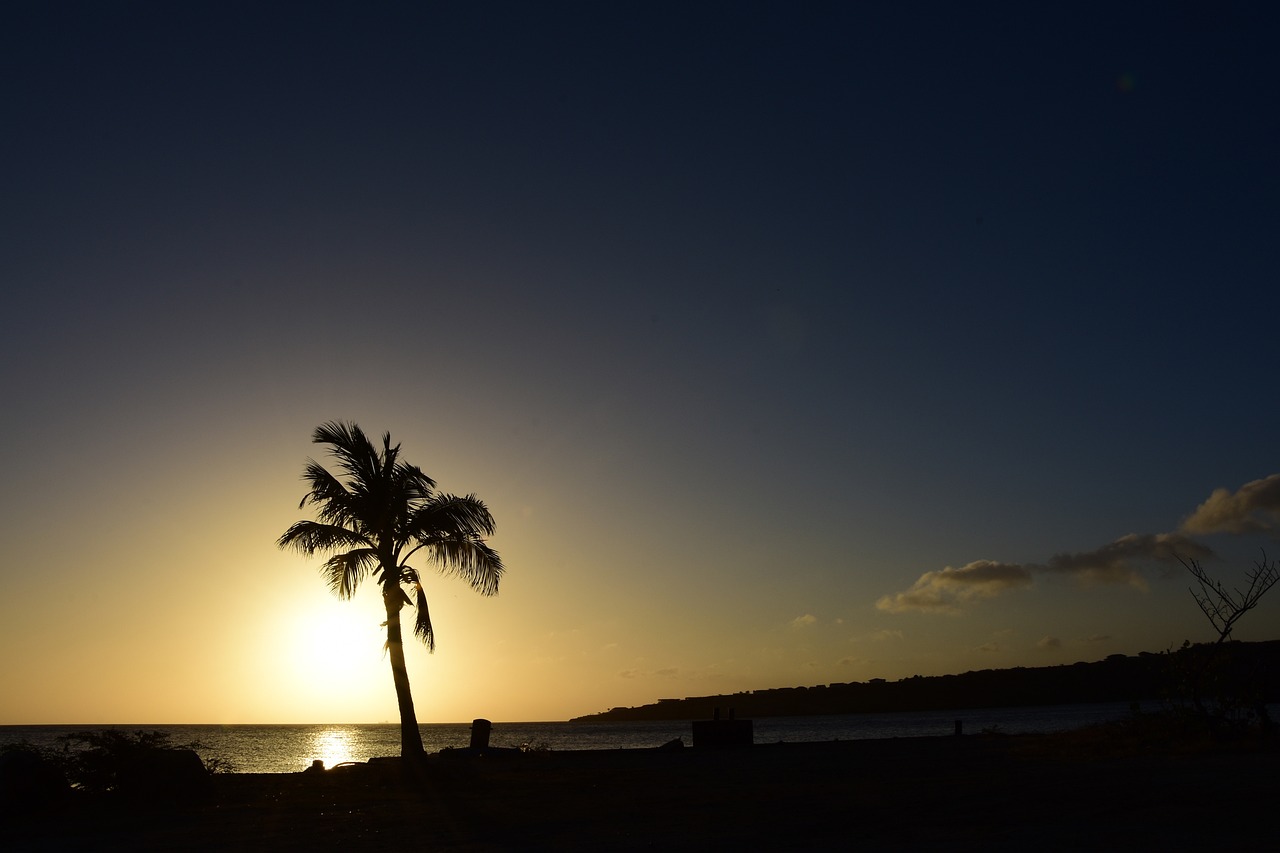Curacao Video
Cultural Sensitivities: Understanding Local Norms in Curacao
Curacao, a beautiful island located in the southern Caribbean Sea, is known for its vibrant culture and diverse population. Understanding the cultural sensitivities and local norms of Curacao is essential for visitors to ensure a respectful and enjoyable experience. This article aims to provide a comprehensive guide to help you navigate the cultural landscape of Curacao.
Historical Background
Curacao has a rich history influenced by various cultures, including the indigenous Arawak people, Spanish colonizers, Dutch settlers, and African slaves. The island’s history has shaped its unique cultural blend, which is evident in its language, cuisine, music, and traditions.
- Papiamentu: The official language of Curacao is Papiamentu, a creole language derived from Portuguese, Spanish, Dutch, and African languages. While English and Dutch are also widely spoken, making an effort to learn basic Papiamentu phrases will be greatly appreciated by the locals.
- Cuisine: Curacaoan cuisine is a fusion of flavors influenced by African, European, and Caribbean traditions. Local dishes such as Keshi Yena (stuffed cheese), Kabritu Stoba (goat stew), and Funchi (cornmeal porridge) are must-try delicacies.
- Music and Dance: The island’s vibrant music scene showcases genres like Tumba, Tambú, and Seú. These traditional music styles are often accompanied by energetic dances, reflecting the island’s African heritage.
- Religious Diversity: Curacao is home to a diverse range of religions, including Catholicism, Protestantism, Judaism, and Afro-Caribbean spiritual practices. It is important to respect religious sites and practices while visiting the island.
Greetings and Etiquette
When interacting with locals in Curacao, it is essential to be mindful of the cultural norms regarding greetings and etiquette. Here are some key points to keep in mind:
- Handshakes: Handshakes are the most common form of greeting in Curacao. Men usually shake hands firmly, while women may exchange a handshake or a light kiss on the cheek.
- Eye Contact: Maintaining eye contact during conversations is considered a sign of respect and attentiveness in Curacaoan culture.
- Punctuality: While being punctual is generally appreciated, it is common for social events and gatherings to start later than the specified time. It is advisable to arrive slightly later than the stated time to avoid being the first guest.
- Respecting Personal Space: Curacaoans value personal space and tend to stand at an arm’s length apart during conversations. Invading someone’s personal space may be seen as intrusive.
Social Customs and Traditions
Curacao has a rich tapestry of social customs and traditions that are deeply ingrained in the island’s culture. Familiarizing yourself with these customs will enhance your understanding and appreciation of the local way of life.
- Carnival: Carnival is an integral part of Curacaoan culture, celebrated with colorful parades, music, and dance. The festivities take place in February and are a vibrant display of the island’s heritage.
- Dushi: The word “dushi” is often used in Curacao to express something that is sweet, delicious, or beautiful. It is a term of endearment frequently used to describe loved ones, friends, or even food.
- Respect for Elders: Curacaoan society places great importance on respecting elders. It is customary to greet older individuals first and offer them a seat when in a social setting.
- Island Time: The concept of “island time” refers to a relaxed and laid-back approach to life. It is important to embrace the slower pace and not rush or expect things to happen quickly while on the island.
Environmental Awareness
Curacao is blessed with stunning natural beauty, and it is crucial to respect and preserve the island’s environment. Here are some guidelines for environmentally responsible behavior during your visit:
- Coral Reefs: Curacao boasts some of the most spectacular coral reefs in the Caribbean. When snorkeling or diving, ensure you do not touch or damage the fragile coral formations.
- Littering: Help keep Curacao clean by disposing of trash responsibly. Use designated bins and avoid leaving any waste on beaches or in natural areas.
- Protected Areas: Curacao has several protected areas, including national parks and nature reserves. Follow all rules and regulations when visiting these areas to minimize your impact on the environment.
- Marine Wildlife: Respect the marine wildlife by not disturbing or feeding animals. Keep a safe distance from sea turtles, dolphins, and other marine creatures to ensure their well-being.
Curacao Image 1:

Language and Communication
While many locals in Curacao speak English and Dutch, learning a few basic phrases in Papiamentu can greatly enhance your cultural experience. Here are some essential phrases to get you started:
- Bon dia (bohn dee-ah): Good morning
- Ayo (eye-yo): Goodbye
- Masha danki (mah-shah dahn-kee): Thank you very much
- Pardon (par-don): Excuse me
Curacao Image 2:

Local Cuisine
Curacaoan cuisine is a delightful fusion of flavors influenced by various cultures. Here are some traditional dishes you should try during your visit:
- Keshi Yena: A savory dish made with a hollowed-out Edam cheese filled with spiced meat, raisins, and olives.
- Kabritu Stoba: A flavorful goat stew simmered with local spices and vegetables.
- Funchi: A cornmeal porridge often served as a side dish with stews and meat dishes.
- Pastechi: Deep-fried pastries filled with various savory fillings like cheese, meat, or seafood.
Curacao Image 3:

Art and Culture
Curacao has a thriving arts and culture scene, with numerous galleries and museums showcasing local talent. Here are some must-visit cultural attractions:
- Mikvé Israel-Emanuel Synagogue: One of the oldest synagogues in the Western Hemisphere, offering insight into Curacao’s Jewish heritage.
- Museum Kura Hulanda: A museum that explores the history and culture of the African diaspora in Curacao and the Caribbean.
- Landhuis Bloemhof: An art gallery located in a historic plantation house, featuring works by local and international artists.
- Gallery Alma Blou: Showcasing contemporary Caribbean art, this gallery is a hub for local artists and cultural events.
Conclusion
By understanding and respecting the cultural sensitivities and local norms in Curacao, you can fully immerse yourself in the island’s vibrant and diverse culture. From its rich history to its delicious cuisine and captivating traditions, Curacao offers a unique experience that will leave a lasting impression.
References
– Curacao Tourist Board: www.curacao.com
– Museum Kura Hulanda: www.kurahulanda.com
– Landhuis Bloemhof: www.bloemhof.cw
– Gallery Alma Blou: www.galleryalmablou.com


